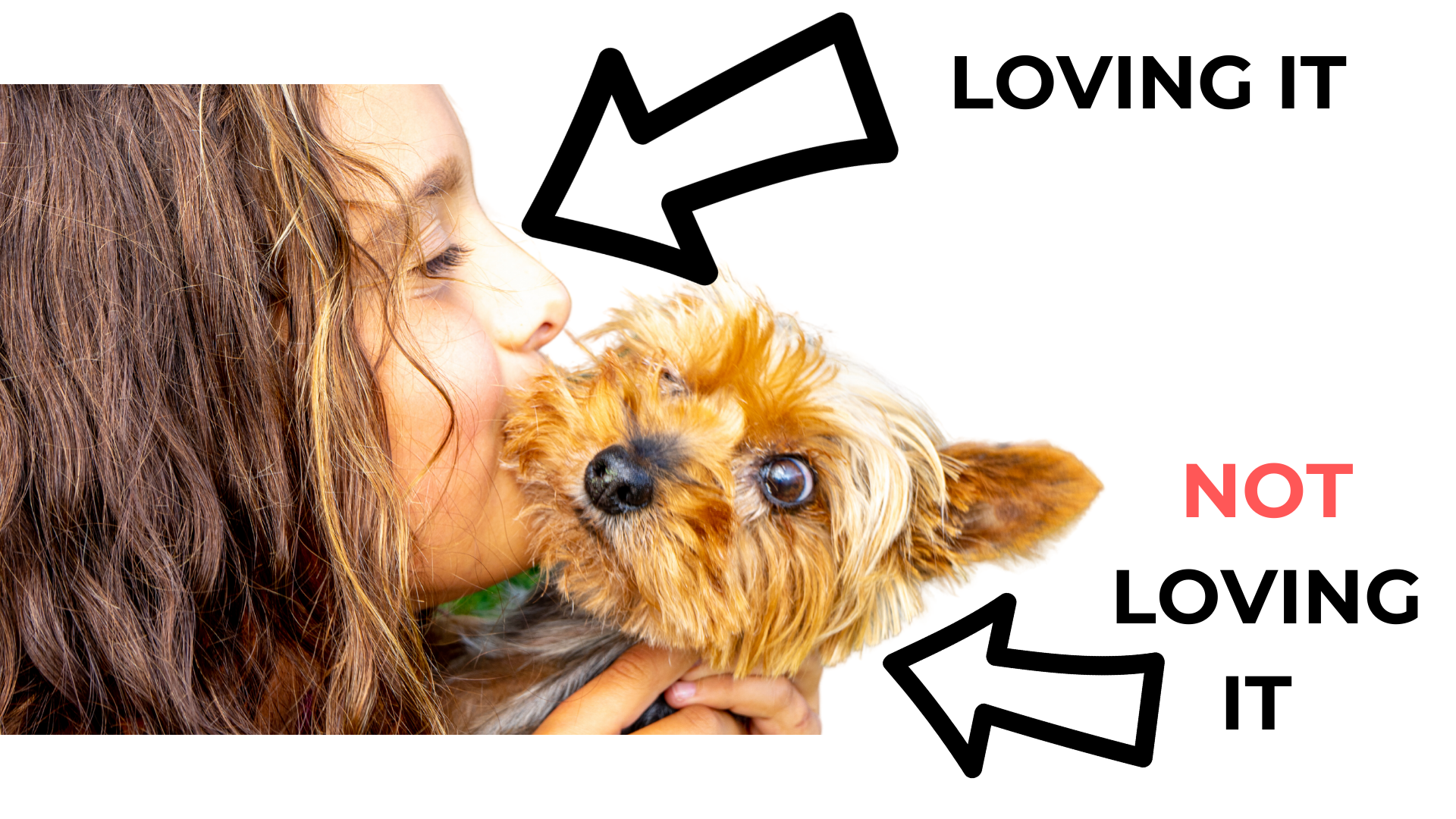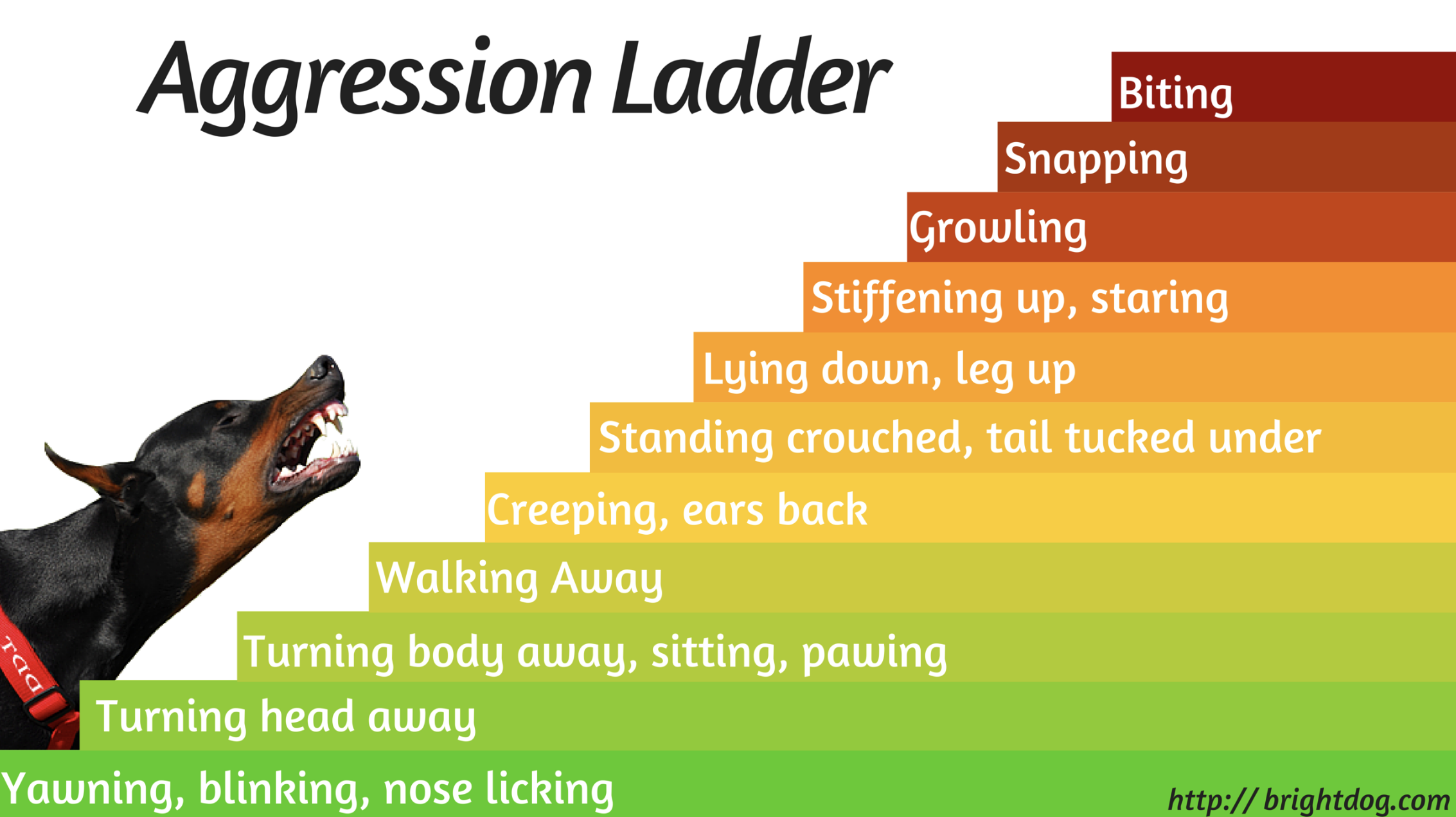
Help! My Dog Just Growled at my Kid.
How could this happen!!!?
You did everything right.
You researched. You bought all the gear. You read tips from the pros… then you brought that adorable little puppy home. You knew there would be some sleepless nights, and some puddles of pee to clean up – but not growling! And definitely not at your kids.
If this resonates, I’m sure you’re wondering “Why is OUR DOG doing this?”
But what if the answer is NOT about the dog... but about US instead?
Thanks to movies, TV and marketing, we’re all under the illusion that if you take kids and dogs, and just throw them together - unicorns and sparkles appear. Dogs love people, people love dogs - it should be plain sailing! But that's SO far from reality.
Instead, we have a HUGE communication PROBLEM going on.
Sometimes, just LOVING a dog isn't enough.

Most people totally get that a new pup will need some 'training'. The tricky part is that we also believe that, for a dog to be successful in the home, it's ALL on them...
We humans still do little-to-NO ‘training’ for ourselves (or our children!)
So, without realizing (because it's rarely taught) even the most well-intentioned kids act might in ways that dogs have a really hard time dealing with. Hugging and kissing, picking up and dressing up, following and disturbing, to name but a few.
The bummer/painful truth is, if we don’t take the time to REALLY learn about basic dog behavior and body language, we could be putting both our kids and our pups in serious danger.
What to do?
If you know that your kid(s) love to smooch, grab, or get in your dog’s space – chances are, you could TOTALLY eradicate your dog’s need to send out the warning flare, simply by changing how your child is interacting with them.
NO dog training required.
So to get to the crux of the issue - there are 3 BRUTAL TRUTHS I HAVE TO share...

So, let’s start with...
1. Smooching is natural... but not safe.
Kids learn how to show love and affection by their parents covering them with kisses and cuddling them tightly. Naturally, that becomes instinctive behavior for them, too.
For many dogs however, being hugged and kissed can feel more like getting an awkward squeeze from weird ol’ uncle Willy, who you only see once a year.
Not so fun.
And even for the dogs that like to be pet, the majority would pick a fun game with a child over a snuggle session, paws down!
Either way - it’s the CHOICE part that’s key.
For your kid's safety, it's essential to give your dog the ability to choose if they’re up for some loving – and when they want to pass.
But how can our dogs tell us if they REALLY DON'T like something?
The line, “Excuse me, fine young lady, I’m really not digging this hug, can we please engage in another activity that maybe more pleasurable to both of us?” doesn’t really roll off the tongue for them – so instead, they may growl.
It’s the doggie version of ‘using their words’.
Which brings us to...
2. Growling is GOOD.
If you're reading this and you’re concerned that you have a ‘bad dog’ because they growled – I promise you, you don’t. Growling is a VERY normal and ESSENTIAL part of dog communication. It’s a polite way of saying ‘I’m not comfortable with what you’re doing, please stop!”
In fact, there are FIFTEEN ways that dogs can show us that they aren’t a fan of what’s happening, BEFORE the growl… but again – most people don’t know to look for them. This amazing brightdog.com graphic clearly highlights them.

These are called the ‘whispers’.
And just as with children, it’s much more effective to take note of the whisper, rather than waiting for the SHOUT.
On the flip-side, the most dangerous thing you can do is to train a dog NOT to growl. It literally just cuts out any pleasantries - setting them up to bite with ZERO notice.
And that's a nightmare place to be. So, thank dog for the growl, huh!?
Finally, this truth is SO important…
3. Even *really well-trained* dogs bite.
Yes, even those well-trained-blue-medal-winning ones! Because this really isn't a training issue. It's all about emotional state, and being pushed beyond limits.
Fortunately, most dogs will do everything to avoid biting. But just as the world's most gentle parent would lash out and attack, if they thought their child was in danger – if ALL the warnings have been ignored – physicality becomes our last straw of communication.
Because we ALL have a threshold.
And sometimes, it’s kids (simply doing kid stuff) that make dogs cross that threshold.
Why and how to start today:
Working exclusively with families with dogs and young children, I see SO much ‘avoidable danger’. From injured kids, to dogs being re-homed or euthanized - JUST ONE 'accident' can be devastating for everyone.
So, if you’ve noticed the subtle signs: your kids being overly affectionate, bossy, or just too rough, and your dog is telling you they need YOUR help - DON'T WAIT. It's time to make a sharp U-TURN!

*Create Space
Be sure to set up a safe place that your dog can escape the craziness of family life. Filling it with fun toys and chews will help you get instant buy-in from your pup at first. Then practice regularly separating your kids and dog at the times when you know things get a bit crazy - for either!
*Learn the signs
Since dogs are talking to us all of the time with their bodies, you can really get a window into their brain when you can read their signals! It's the BEST insurance policy against having to use the phrase 'it happened out of the blue' - because reading their BODY LANGUAGE will help you see things coming from WAAAY off!
*Teach kids SAFE ways to interact
The great thing about kids is that they're sponges. Yes, you may have to repeat yourself, but sharing the RIGHT way to pet, play, and live with your dog is the best gift you can give them for their own safety.
What children practice on their own dog becomes muscle memory. So, if they are used to cuddling and kissing their own dog, it's very likely that's how they'll greet a school friend's dog, or a pup at the park, too... and that dog may not be down with that from a strange child.
You can start by teaching the PAT PET PAUSE method - which is simple and allows the DOG to choose whether or not they're into having some attention... AND when they've had enough.
Hey... when we know better, we do better.
And our kids and dogs deserve to all be safe and LOVE living together.
Justine.
*Need more help? Or want the full picture to be SURE you're doing it right?
Don't struggle alone.
Email us today and let us help.


